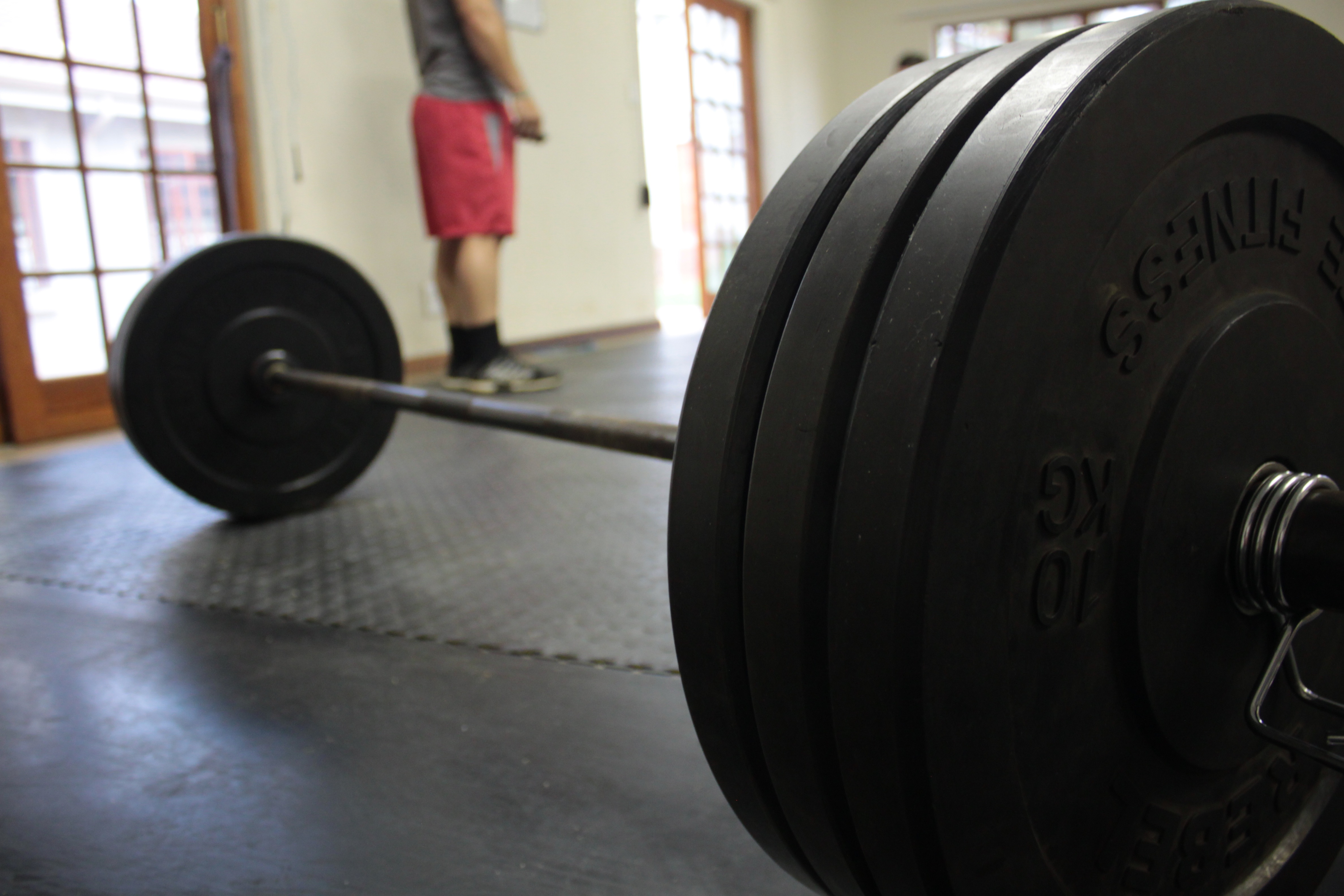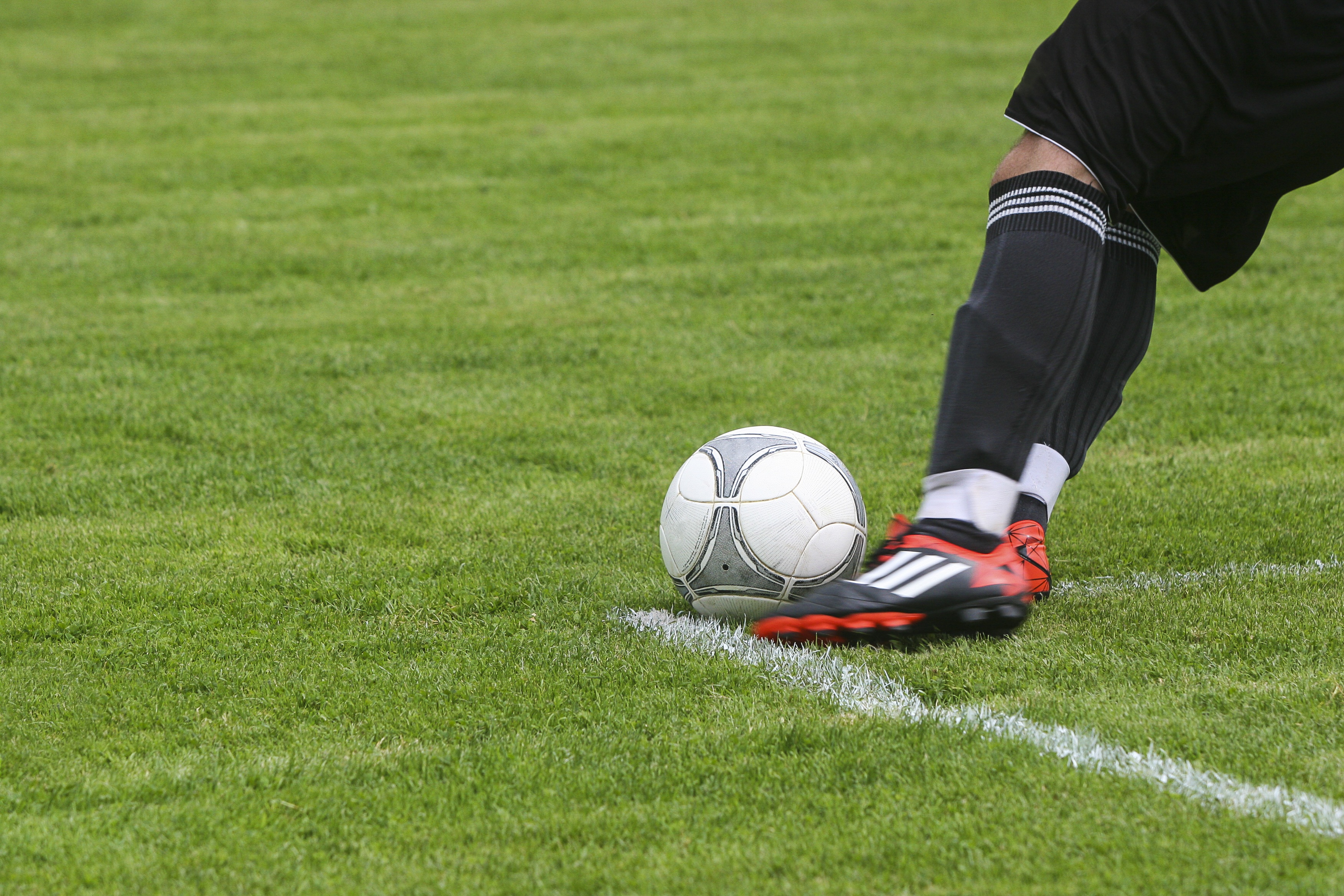For years, unilateral (i.e. focused primarily on one leg at a time) training has become pretty popular. In fact, claims like: “an athlete should not attempt bilateral exercises until they have mastered unilateral exercises” abound. There is also the logical argument that in athletics when we run, throw, kick, change directions, etc. we are often doing different things with each leg – therefore unilateral training is more sport specific.
Despite the claims and the anecdotal evidence, it’s unclear if one form is better than the other. Speirs et al studied 18 year old rugby players to determine if unilateral training or bilateral training is more effective at strength development, speed, and change of direction ability. Subjects were pre-tested and post-tested on the 40-m sprint (including a 10-m split), pro agility test, 3-RM on the rear elevated split squat and the back squat.
One group of subjects performed the rear elevated split squat twice a week for five weeks. The second group performed back squats twice a week for five weeks. Both groups performed a progressive program that began at 75% of 3-RM and went up to 92% by the end. As the intensity increased, the volume decreased from four sets of six to three sets of three.
Results:
Basically both training programs had the same effects on the athletes studied. Both resulted in a 1.1-1.7% improvement in 40 meter time, 1.5% improvement in pro-agility, an 8-9% improvement in rear elevated split squat, and a 6% improvement in back squat. There were no real differences between using the rear elevates split squat for five weeks and using the back squat for five weeks.
The results are interesting in what they don’t show. According to these results, they don’t show that either training approach is better. They are not better for improving strength, speed, or change of direction ability.
Now, there are some major limitations to this study that should be kept in mind. First, there are no athletic programs that are only going to perform either a rear elevated split squat or a back squat and that’s it as far as their training goes. Most programs will perform some type of squat, a pulling motion, and an Olympic lift at the minimum. Second, it’s unclear if the athletes being studied are training. In other words, are they training for rugby, are they performing any sprinting outside of the study, etc. These are important limitations because it makes it very challenging to apply the results to athletic strength and conditioning programs.
Most athletic strength and conditioning programs will perform some type of squat, use unilateral training as a supplemental exercise, perform a pull for the back chain, perform an explosive movement, and spend time both sprinting and training the ability to change directions. In addition to all that, they are practicing their sport which reinforces a lot of these physical qualities.
Athletes need a strength base, but the size of that base will vary based upon the sport and the position being played. However, strong legs increase the ability to exert force against the ground. An argument can be made that unilateral strength is also a good idea (i.e. supplementary training) because it helps with posture especially during sprinting and levering activities where you don’t want the front leg to collapse, but it’s not clear that unilateral training is superior to bilateral or that unilateral training should proceed or take the place of bilateral training.
Speirs, D.E., Bennett, M.A., Finn, C.V., and Turner, A.P. (2016). Unilateral vs. bilateral squat training for strength, sprints, and agility in academy rugby players. Journal of Strength and Conditioning Research, 30(2): 386-392.




